- Overview
- Symptoms & Causes
- Diagnosis and Stages
- Treatment & Rehabilitation
- Living With & Complications
- View Full Guide
10 Breathing Tips for People with COPD

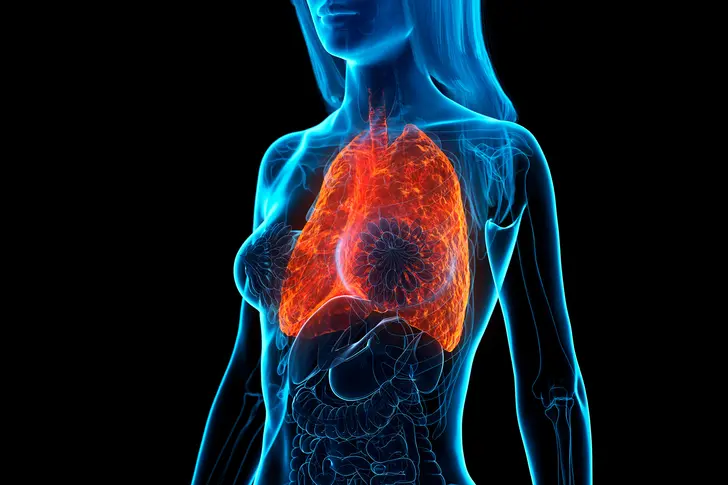
Why Should You Adjust Your Lifestyle if You Have COPD?
Chronic obstructive pulmonary disease (COPD) is a leading cause of death and disability in the United States. Sometimes referred to by its subtypes — emphysema or chronic bronchitis — COPD is a chronic disease that progresses over time. The disease partially blocks off the airways that take air into and out of the lungs, making it difficult to breathe.
The good news is that there are many treatments and lifestyle changes you can make to improve your breathing and quality of life while living with COPD.

Stop Smoking
No matter how healthy your lungs, smoking causes damage and increases the risk of developing diseases like cancer, heart disease, and diabetes. It can also cause COPD.
Quitting smoking prevents any further damage to your lungs and overall health. It has also been shown to reduce the risk of COPD exacerbations or "flare ups," which can increase breathing difficulty and may require hospitalization.

Ensure You’re Getting Proper Nutrition
Make sure you're getting enough calories and nutrients every day. People with COPD expend more energy on breathing, so it's important that those calories are replenished. However, getting enough food is difficult when the act of eating can be exhausting.
Some tips for getting proper nutrition include:
- Rest right before mealtimes
- Eat four to six smaller meals to conserve energy
- Don’t eat foods that cause bloating — they can make breathing difficult
Talk to your healthcare provider or registered dietitian to tailor your diet to meet your nutritional needs.

Avoid Irritating Scents and Chemicals
Some people with COPD are particularly sensitive to scents and chemicals. Products including hygiene and cosmetic goods like shampoos, soaps, perfumes, and hairspray may have overwhelming and irritating scents. Avoiding such products may help you breathe easier.
When cleaning the house, try scent-free products made from natural ingredients. These are typically less toxic and less likely to trigger breathing issues.
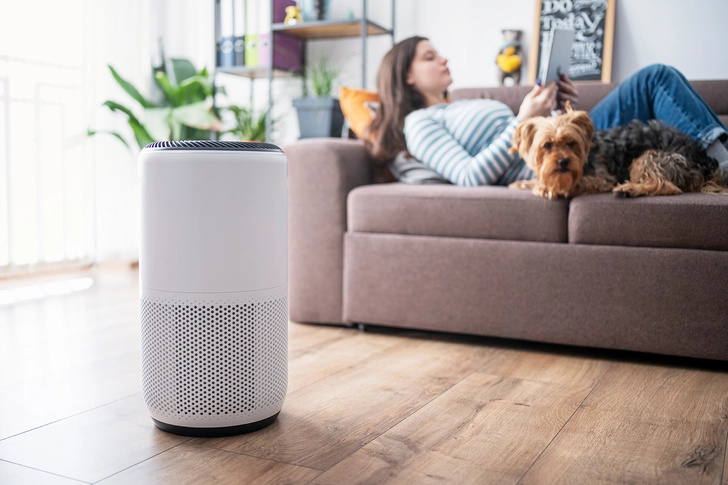
Keep an Eye on Air Quality
Poor air quality can worsen breathing issues in those with COPD. Monitor the air quality in your area and plan to stay indoors on days forecasted to have high pollutants.
Reduce indoor pollutants like mold and dust by regularly cleaning. Using an air purifier in your home may also help reduce COPD symptoms.
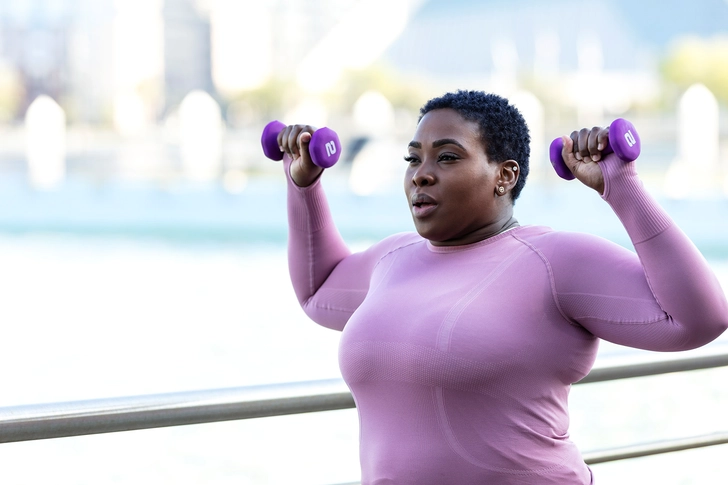
Exercise Regularly
Exercise increases strength and stamina, both of which are important for those with COPD. Some exercises strengthen the muscles used to breathe, making it easier to do so.
Strengthening the whole body and increasing stamina can make every day activities more manageable — even during a flare-up. Talk to your healthcare provider or pulmonary therapist to learn more about what exercises might be beneficial for you.

Get Vaccinated
Getting sick — particularly from respiratory infections like the cold, flu, or COVID-19 — can cause severe flare-ups for those with COPD. Prevention is the best way to avoid complications that may come with these infections. Be sure to stay up to date on your vaccinations, particularly for diseases that cause respiratory problems.
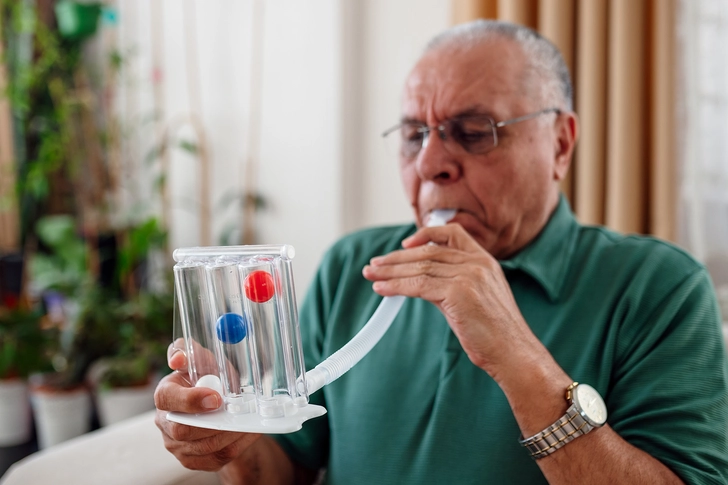
Participate in Pulmonary Rehabilitation
Pulmonary rehabilitation is a way to learn to better manage your symptoms. Pulmonary rehabilitation uses exercise, education, and counseling to help you live your life to the fullest with COPD.
Attending pulmonary rehabilitation has been shown to decrease future hospitalizations and reduce risk of future COPD exacerbations.

Stay on Top of Your Medication
There are a variety of medications aimed at managing COPD. Some are taken daily, while others are only taken when needed. It’s important to know what your medications are and when to take them in order to manage your symptoms well.
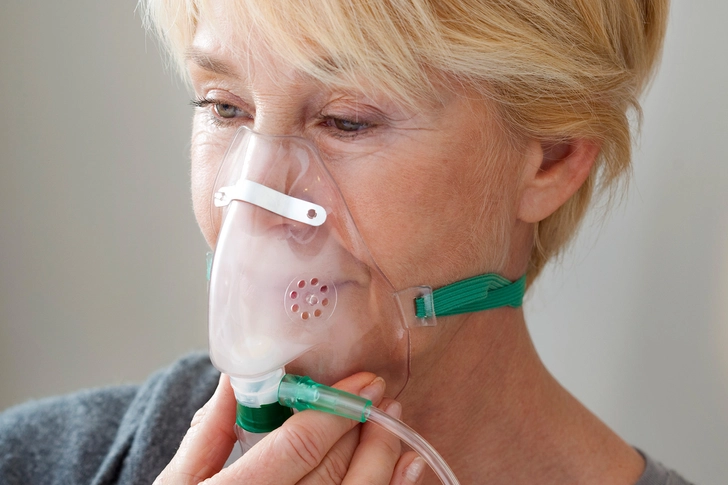
Start Oxygen Therapy if You Need It
In more severe cases of COPD, your healthcare provider may prescribe oxygen therapy to decrease shortness of breath. For those who need it, oxygen therapy can improve sleep and focus and may help you exercise longer.
Some people use oxygen all the time, while some may only use it as needed.

Visit your Doctor Regularly
Everyone should have regular wellness check-ups with their primary care provider, but this is especially true for those with COPD. Even if you're feeling fine, it's important for you to meet with your provider so that they can monitor your health and be on the lookout for changes. Help your provider understand your current needs by bringing in a list of all your medications and a log of your symptoms.
PHOTO CREDITS:
1. Science Photo Library / Getty Images
2. Science Photo Libraray / Getty Images
3. EyeEm / Getty Images
4. DigitalVision / Getty Images
5. EyeEm / Getty Images
6. E+ / Getty Images
7. E+ / Getty Images
8. DigitalVision / Getty Images
9. E+ / Getty Images
10. iStock / Getty Images
11. Subjects / Getty Images
12. E+ / Getty Images
SOURCES:
National Heart, Lung, and Blood Institute: “Breathing Better With a COPD Diagnosis.”
National Heart, Lung, and Blood Institute: “Now That You Know It’s COPD, Here’s How to Breathe Better.”
Centers for Disease Control and Prevention: “Smoking and Tobacco Use.”
Journal of the COPD Foundation: “Preventions of Exacerbations in Chronic Obstructive Pulmonary Disease: Knowns and Unknowns.”
American Lung Association: “Nutrition and COPD.”
Respiratory Health Association: “Living with COPD.”
Johnson Memorial Health: Common COPD Triggers and How to Avoid Them.”
Respiratory Health Association: “Pulmonary Rehabilitation for COPD.”
Respiratory Health Association: “Oxygen Therapy.”